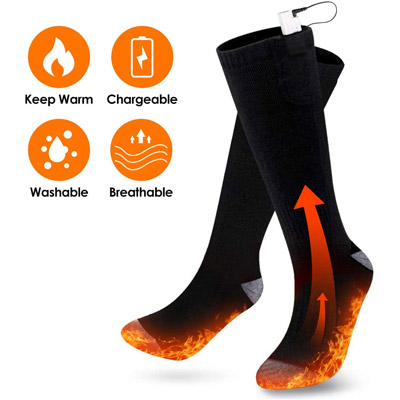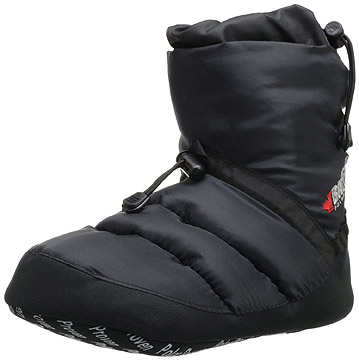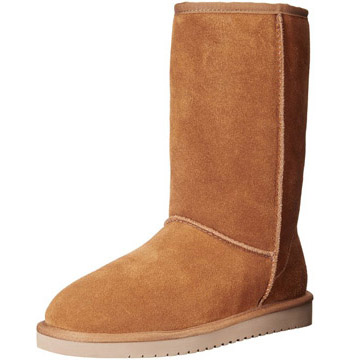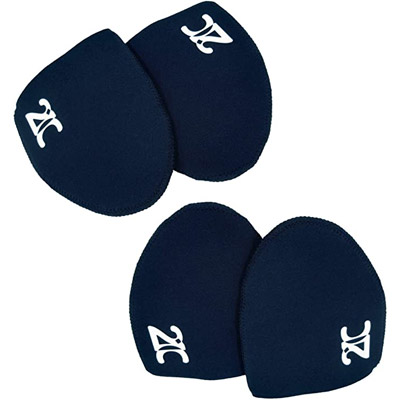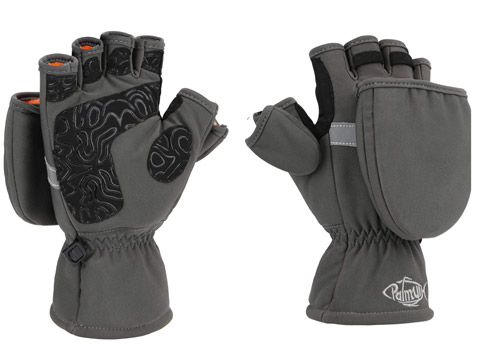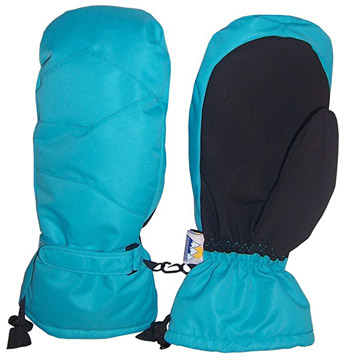Warming up Cold Feet and Hands
Ways to warm up your cold feet or hands, to help you make it through the cold months without your icy extremities bringing you down.
There are many reasons for having feet or hands that feel cold, it can be an effect of a number of medical or physiological conditions and if you are particularly badly affected consulting a doctor is a good move as it may be indicative of some underlying condition. For instance anemia or poor circulation resulting from Raynaud's Disease may be a contributing factor to having cold hands and feet or arthritis can make cold weather just painful.
The most frequent cause of cold extremities however is to be female. Not that some men don't suffer in a similar manner, it's just that women overwhelmingly suffer from cold hands and feet more than men do. The pay off for this is that women are less likely to suffer from hypothermia than men are as they are better at retaining heat in the body core. This may have been of use when living in caves and dressing in ill fitting furs, but is rather a thin advantage these days.
I refer to feet and legs in what follows, but it also applies to hands and arms.
You won't have warm hands or feet in isolation
In order to retain heat in the core when the external temperature falls, your body reduces blood flow to the extremities which act as radiators cooling the blood down. So the first step to take to keep your feet warm is to keep the rest of your body warm. You are designed to keep warm from the core outwards, with hands and feet being the lowest priorities. If you're walking around with any part of your legs exposed wondering why your feet are still cold, it's because that bare skin is radiating heat away before it gets to the feet. Just to fool you, the bare region might not even feel so cold. You won't have warm feet if the rest of you is cold.
Don't radiate heat needlessly - The reason your extremities get cold is often that your overall body temperature isn't as warm as it should be.
If your feet are cold, put on a hat - An old and non-intuitive saying that is an extension of the point above, your head loses heat quickly as is often uncovered. Adding insulation in the form of a hat will mean your body has more heat to go round so your feet and hands are more likely to warm up. This works wherever you are, indoors or out.
The greatest heat loss from footwear is to the ground - In the warmer months of the year we don't really notice the insulating function of our footwear and most of the time a simple thin sole is enough to keep the cooler ground unnoticed. As the temperature falls, the cold ground can drain the heat away precipitously.
Wrists and ankles are often thinly insulated or not insulated at all, cover them with socks, long pants and long sleeves, boots or booties and use gloves or mittens with long cuffs that go under or over your sleeves.
AAs hot air rises, so cold air falls, so when indoors you can help warm your feet by lifting them off the floor on a foot rest, this will also aid circulation.
Warm Things
Socks - wool is best, avoid cotton except for thin inner socks. Outer socks should have a high % of wool, 70%+ is best, some synthetic content aids wear and comfort (stretchiness). Don't squeeze more than one pair of socks into close fitting footwear, trapped air keeps the heat in and squashing it out with an extra pair of socks will make them less effective and your feet colder.
Sheepskin / Shearling - An excellent material for warm footwear, it's a great insulator and has the property of being able to wick away moisture (you might not like to think of it, but your feet sweat gently all the time) helping you to stay warm. It is also hard wearing, so your sheepskin footwear will be up to the job of keeping you warm and will last through a lot of intensive use too. It's not a cheap option but is effective and long lasting, make sure it is the real deal and not some "faux" substitute.
Insulated booties as slippers - Possibly the warmest of all indoor footwear, originally used by mountaineers inside their tents so very warm but not so hard wearing to walk around in.
Shoes and boots - Boots are warmer than shoes, they cover the ankles which are often uninsulated or thinly insulated. Being taller there is less chance of warmed air being pumped out.
Good warm winter boots don't need multiple thick socks, the boot insulation will provide most of the warmth. Boot liners for rubber rain boots are good to winterize boots you may already have.
If your workplace is warm but the journey cold, keep your day footwear at work and travel in your more serious cold weather gear.
Thermal insoles can be used in shoes or boots you already have to give them an insulating boost as lots of heat is lost downwards through the ground as temperatures fall. Thick man-made soles are more effective insulators than thin leather soles, full on winter boots will also have an insulating insole.
House boots or booties work really well indoors with all the benefits of boots and the comfort of slippers.
Women's winter boots | Men's winter boots
External heat - Sometimes generating the warmth yourself just isn't enough and some extra help is needed. Hot water bottles are traditional, low tech and effective, especially if they have a cover which helps slow the release of heat and prevents it starting off a bit too hot. Microwavable pads with rice or wheat and even foot-wrap-sock-slippers for quick heat without hot water.
Small electric blankets for home or heated foot rests for the office can provide extra heat.
Hand and foot warmers - come in a variety of types, air activated chemicals, slowly burning fuel or a battery to provide the energy to generate heat. They can used on the commute or where you are standing for any length of time in the cold, keep one in each pocket to avoid having to swap a single one back and forth, here.
Mittens are warmer than gloves - Having all your fingers in the same compartment keeps them warmer than having each individually wrapped. If exactly the same materials are used to make gloves and mittens, the mittens will always be warmer. A cheaper pair of mittens can be warmer than a more expensive pair of gloves if the loss of dexterity is not an issue.
Hand and Foot Warmers
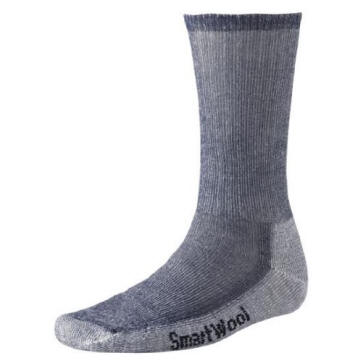
Merino Wool Socks
Wool is the best sock material for warmth and moisture wicking

Thermal Insoles
Give an insulating boost to the footwear you already have

Foot / toe warmers
Air activated heating
pads
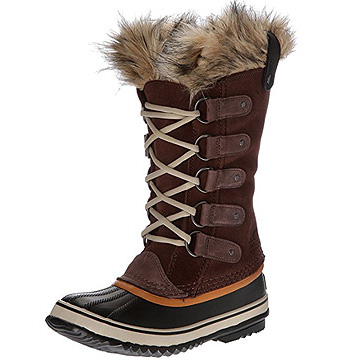
Women's Winter Boots
e.g.
Sorel Joan of Arctic Boot - Women's, shown
Rated -25F / -32C, waterproof, leather upper,
rubber sole, faux fur collar
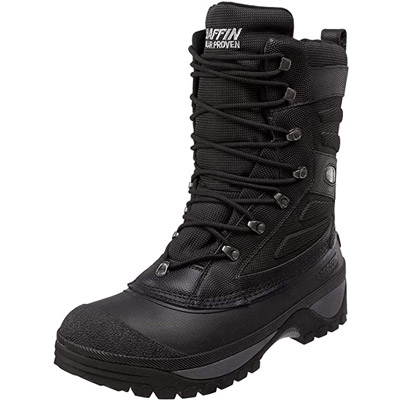
Men's Winter Boots
e.g. Baffin Crossfire - Men's - shown
Waterproofed, nylon / rubber outer, rated -40F/-40C, traction sole
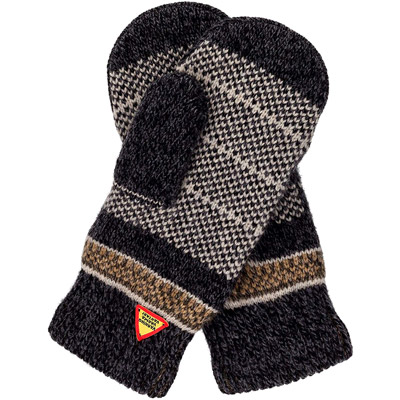
Ojbro Swedish 100% Merino Wool Mittens (as featured by the Raynauds Assn.)
super soft, extra thick
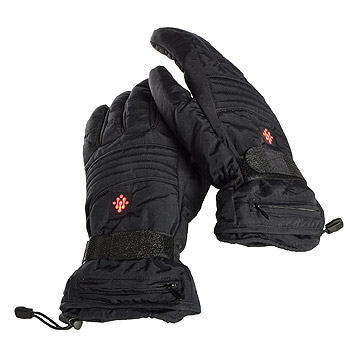
Heated Gloves
With Rechargeable battery packs

Heated Glove Liners for Men & Women
for Rechargeable Battery Electric Heated Gloves, touchscreen

Rechargeable Hand Warmer
One for each hand works better than passing one back and forth
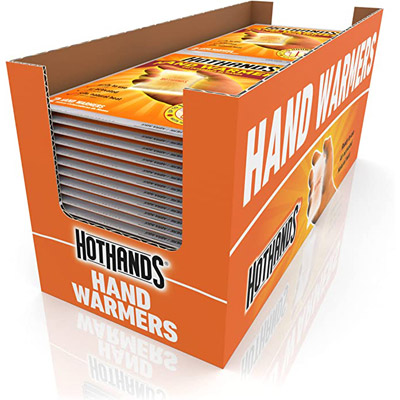 HotHands Hand Warmers
HotHands Hand WarmersLong Lasting Safe Natural Odorless Air Activated - Up to 10 Hours of Heat



